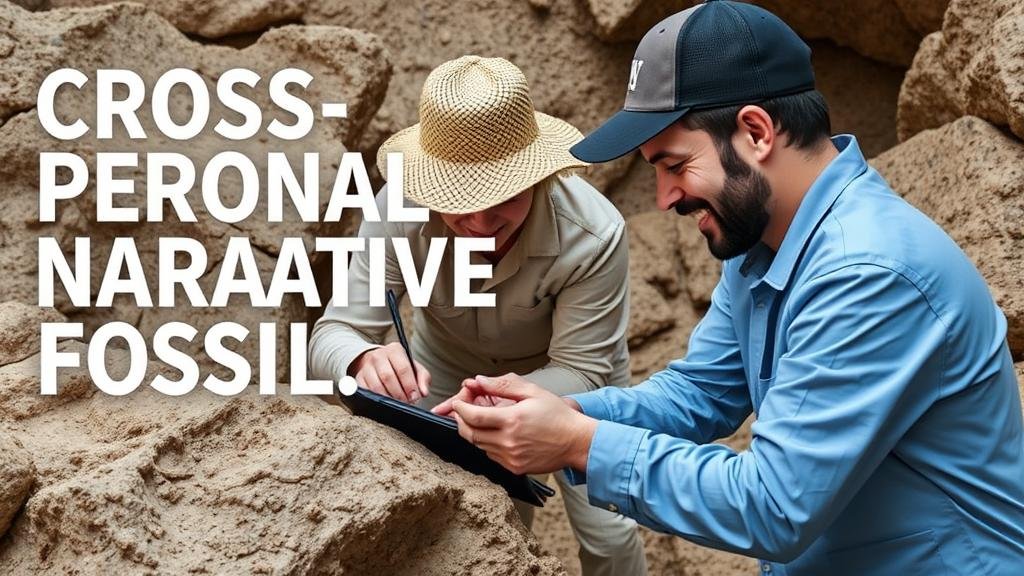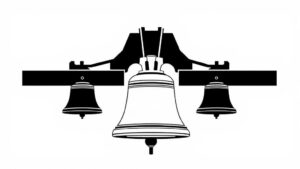Cross-Referencing Personal Narratives of Fossil Hunters for Overlooked Leads
Cross-Referencing Personal Narratives of Fossil Hunters for Overlooked Leads
Fossil hunting is an intricate endeavor that often relies on the integration of personal experiences, local knowledge, and empirical data. This article explores the significance of cross-referencing personal narratives of fossil hunters to uncover overlooked leads in paleontological research. By examining individual accounts, researchers can identify patterns and potential sites for fossil discovery that may not have been documented in scientific literature.
The Importance of Personal Narratives in Fossil Hunting
The narratives provided by fossil hunters–both amateur enthusiasts and seasoned professionals–serve as a repository of localized knowledge that is crucial for paleontological research. Many fossil hunters traverse remote areas and have firsthand experiences that often go unreported in academic circles.
Historical Context of Fossil Hunting
The practice of fossil hunting dates back to the 19th century, with individuals like Mary Anning making significant contributions to the field. Anning’s work in Lyme Regis, England, during the early 1800s is a foundational example of how personal exploration led to notable discoveries, such as the first complete Ichthyosaurus fossil in 1811. Her narrative not only highlights the importance of individual input but also emphasizes how local knowledge can yield substantial scientific outcomes.
Documenting Personal Experiences
Personal narratives often include essential details such as the geographical coordinates of fossil finds, environmental conditions, and the specific geological contexts where fossils were located. This information is critical to understanding the paleoenvironments of the past, thereby allowing for a deeper exploration of fossil sites. A study conducted by the Paleontological Society found that up to 20% of significant fossil finds were reported by non-professionals, indicating the potential wealth of information that can be gleaned from these narratives.
Methodology for Cross-Referencing Narratives
To effectively cross-reference personal narratives, researchers can employ a multi-step approach involving data collection, categorization, and analysis. This methodology not only enhances the understanding of previously unexamined leads but also contributes to the larger fossil record.
Data Collection Techniques
- Conducting structured interviews with fossil hunters to gather detailed accounts of their experiences.
- Utilizing online platforms and forums where fossil hunters share information about their finds.
- Reviewing blogs, personal websites, and social media posts dedicated to fossil hunting.
Categorization of Data
Once collected, personal narratives can be categorized based on various criteria, including:
- Geographical location of finds (e.g., specific regions known for particular fossils).
- Type of fossil (e.g., vertebrates, invertebrates, plants).
- Environmental conditions (e.g., sediment type, weather during the find).
Analysis and Identification of Patterns
The analysis of categorized data enables researchers to identify patterns that may lead to new fossil sites. For example, if multiple narratives indicate success at a specific geological formation, further investigation into that area could yield fruitful results. A case study in the Middle Jurassic deposits in Utah demonstrated that utilizing personal accounts led to the discovery of previously unknown dinosaur species.
Real-World Applications and Case Studies
Cross-referencing personal narratives has practical implications for both amateur and professional paleontologists. The collaborative synergy between these two groups fosters a rich exchange of knowledge.
Case Study: The Badlands of South Dakota
In the Badlands of South Dakota, fossil hunters have provided insights into stratigraphic layers that contain diverse mammalian fossils from the late Eocene epoch. By analyzing personal narratives, paleontologists have established that hunters often report an abundance of finds near riverbanks, leading to targeted excavation efforts. This collaborative model not only amplifies the number of significant finds but also enriches scientific data.
Conclusion and Actionable Takeaways
Cross-referencing personal narratives represents a valuable strategy for maximizing fossil discovery efforts. By systematically collecting, categorizing, and analyzing these narratives, researchers can uncover overlooked leads that are crucial to advancing paleontological scholarship. Scholars and enthusiasts alike should:
- Encourage collaboration through workshops or online forums that focus on sharing personal fossil hunting experiences.
- Conduct fieldwork that incorporates local hunters knowledge to enhance site selection and excavation strategies.
- Stay engaged with the evolving realm of fossil hunting by documenting personal experiences to contribute to a wider scientific narrative.
Ultimately, the integration of personal testimonies into paleontological research holds the potential to reinvigorate the field, paving the way for future discoveries that deepen our understanding of Earth’s biological heritage.



